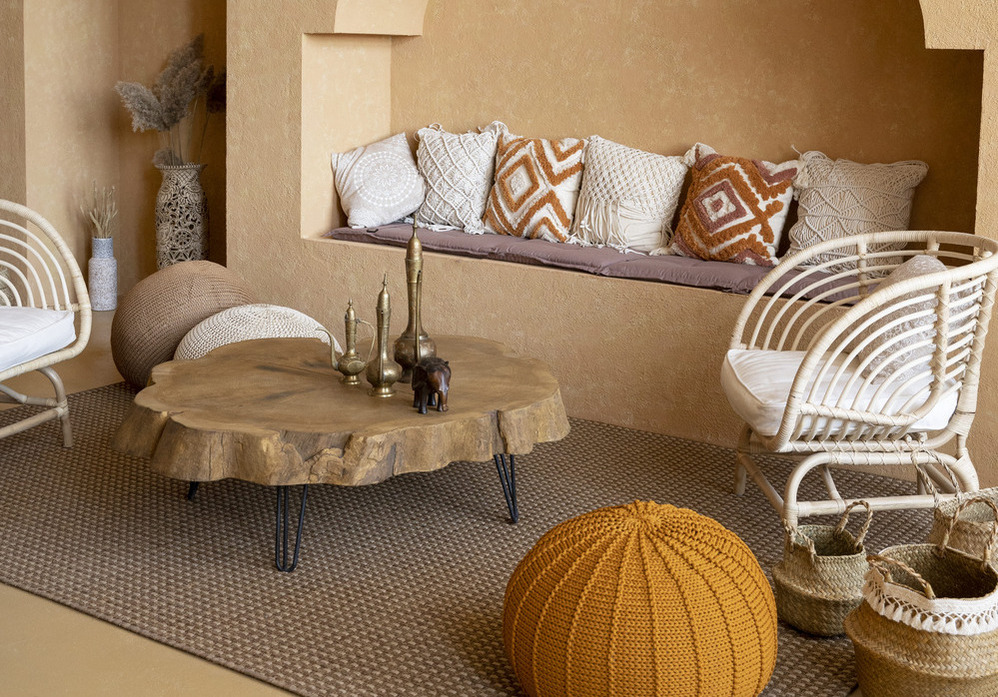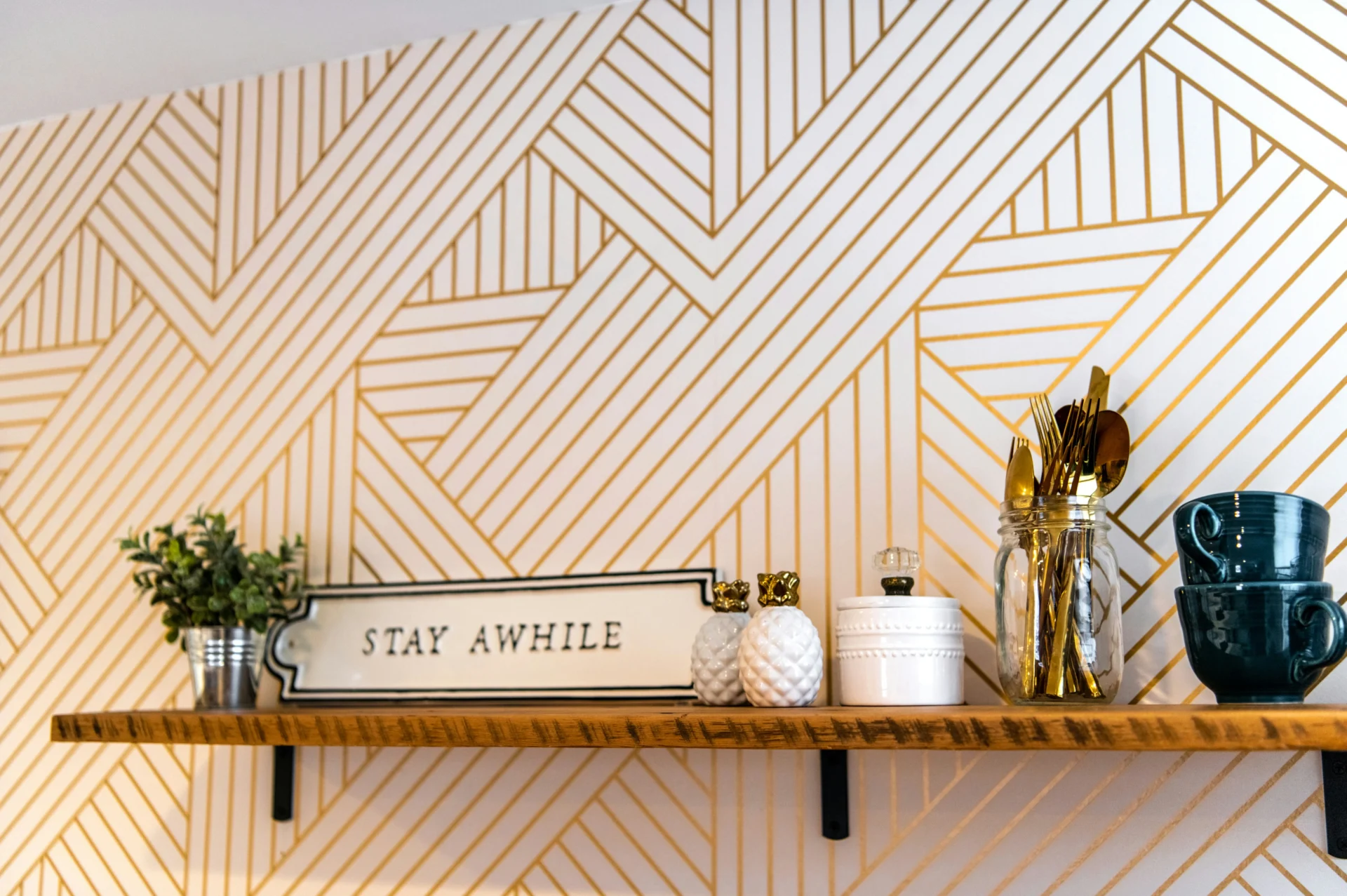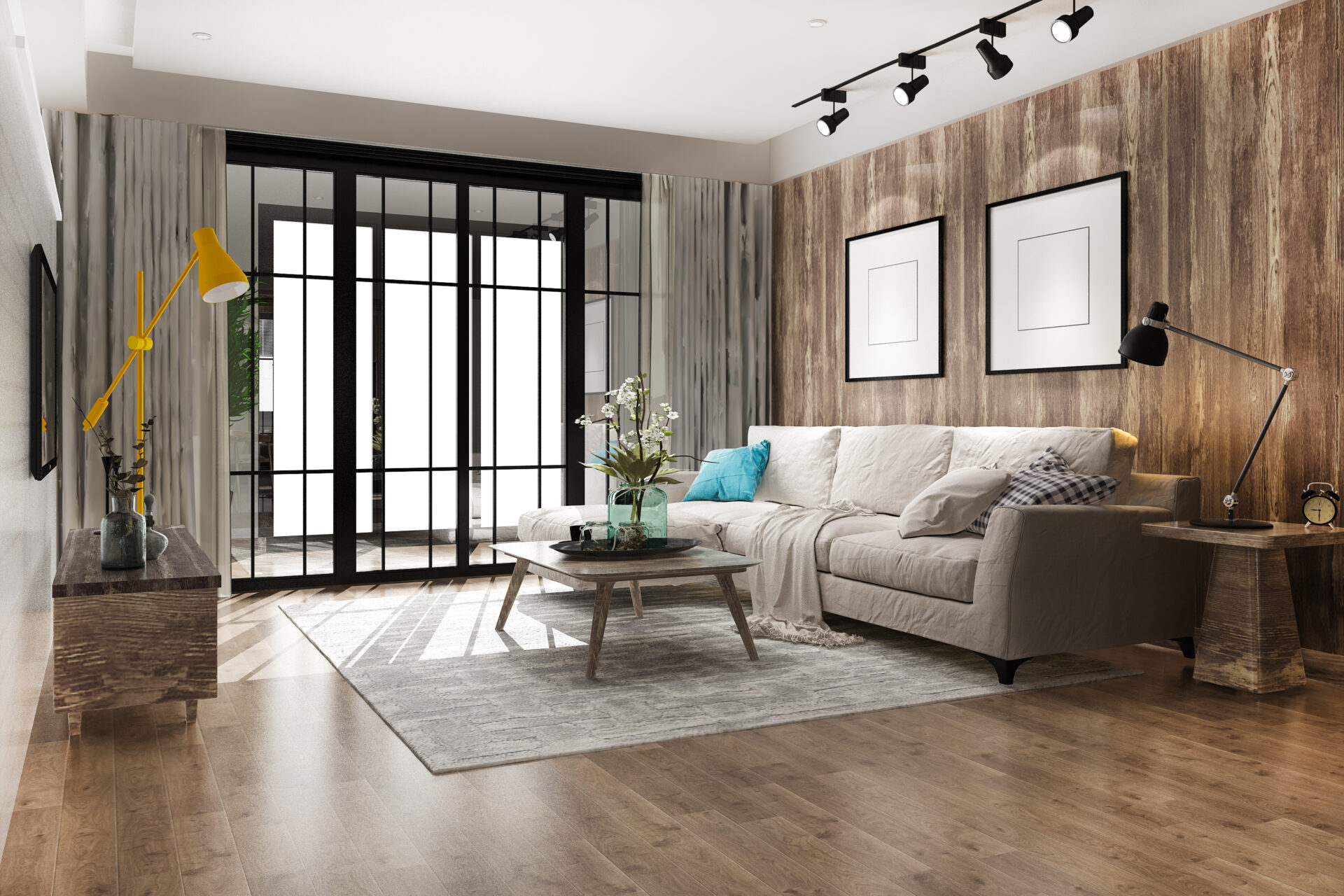
Globally Inspired: Infusing Cultural Elements into Interior Design
Contact UsIntroduction:
Embracing cultural interior design enriches living spaces with global narratives, creating environments that are not only visually stunning but also steeped in meaning and history. This approach celebrates diversity, bringing the world’s aesthetic treasures into our homes. Here’s how to thoughtfully and respectfully incorporate cultural elements into your interior design, ensuring your space becomes a testament to the beauty of global traditions.
1. Research and Respect
- Understand the Story: Begin by immersing yourself in the history and significance of the cultural elements you wish to incorporate. Understanding the stories behind these elements ensures a respectful and informed approach to cultural design.
- Avoid Cultural Appropriation: Be mindful to honor and respect the cultures you draw inspiration from, ensuring your design choices celebrate rather than appropriate cultural heritage.
2. Colour Palettes and Textiles
- Inspired Colour Schemes: Utilise colour schemes that are traditionally associated with the culture, allowing these hues to guide the mood and atmosphere of your space.
- Authentic Textiles: Incorporate genuine textiles that hold significance within the culture, such as handwoven fabrics, traditional patterns, or artisanal crafts, to bring authenticity and texture to your interiors.
3. Artwork and Decor
- Cultural Artwork: Display art that reflects the cultural heritage you’re inspired by, choosing pieces that range from traditional crafts to contemporary works by artists from the culture.
- Significant Decor Items: Select decor that has deep cultural significance, like handmade pottery, traditional sculptures, or iconic symbols, enriching your space with stories and history.
4. Furniture and Craftsmanship
- Traditional Craftsmanship: Seek out furniture that showcases the unique craftsmanship techniques and materials indigenous to the culture, providing a direct link to its artisanal heritage.
- Support Artisans: Where possible, purchase directly from artisans and craftspeople, supporting the cultural economy and ensuring the authenticity of your pieces.
5. Architectural Elements and Space Planning
- Architectural Inspiration: Integrate architectural details drawn from the culture, such as unique doorways, window styles, or molding designs, subtly infusing cultural aesthetics into the structure of your space.
- Culturally Inspired Layouts: Arrange your interiors to mirror the cultural norms and lifestyles, whether it’s creating a Moroccan-inspired lounge area or a Japanese-style Zen corner, reflecting the ways of life inherent to the culture.
6. Lighting and Ambience
- Themed Lighting Fixtures: Choose lighting fixtures that complement the cultural theme, from intricate lanterns to minimalist pendants, enhancing the room’s overall theme.
- Ambient Additions: Incorporate cultural practices into the ambience, such as using specific scents, sounds, or traditional decor elements, to fully immerse the senses in the cultural experience.
7. Plants and Natural Elements
- Cultural Flora: Introduce plant life that is indigenous to the culture’s region, adding a living element that connects your home to the landscape of its inspiration.
- Material Selection: Emphasise the use of natural materials common in the culture, like wood, stone, or textiles, to ground your design in authenticity.
8. Fusion and Personalisation
- Harmonious Blending: Artfully mix elements from various cultures in a cohesive manner that reflects your unique style and the story you want to tell through your home.
- Personal Narrative: Let the cultural elements you choose speak to your personal experiences, travels, or heritage, making your home a reflection of your journey and connections to the world.
Conclusion:
Cultural interior design is an artful expression of global appreciation, bringing depth, diversity, and storytelling into our living spaces. By integrating cultural elements with sensitivity and style, you create a home that not only celebrates global heritage but also fosters a deeper connection to the wide array of traditions that enrich our world. This approach transforms your space into a curated collection of experiences and stories, making every room a journey and an homage to the cultures that inspire you.
As you embark on this design journey, remember that the goal is to create a space that feels authentic to you while honouring the rich tapestry of cultural history. Whether through small decorative touches or significant design shifts, each element should contribute to a narrative that resonates with respect, appreciation, and a genuine love for the cultural influences that shape our aesthetic landscapes.




